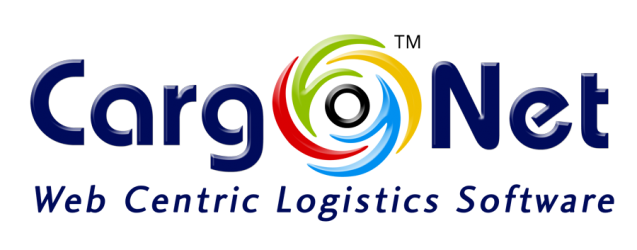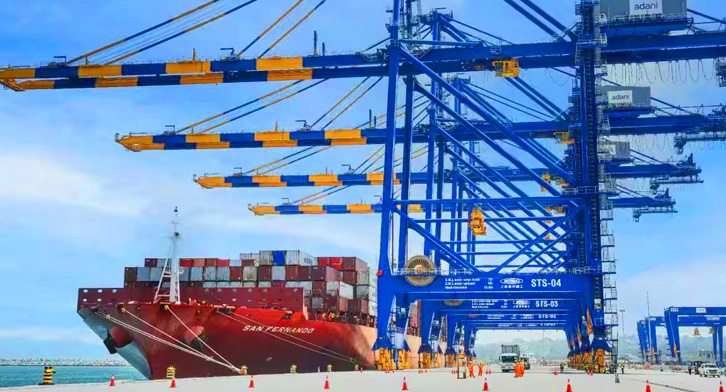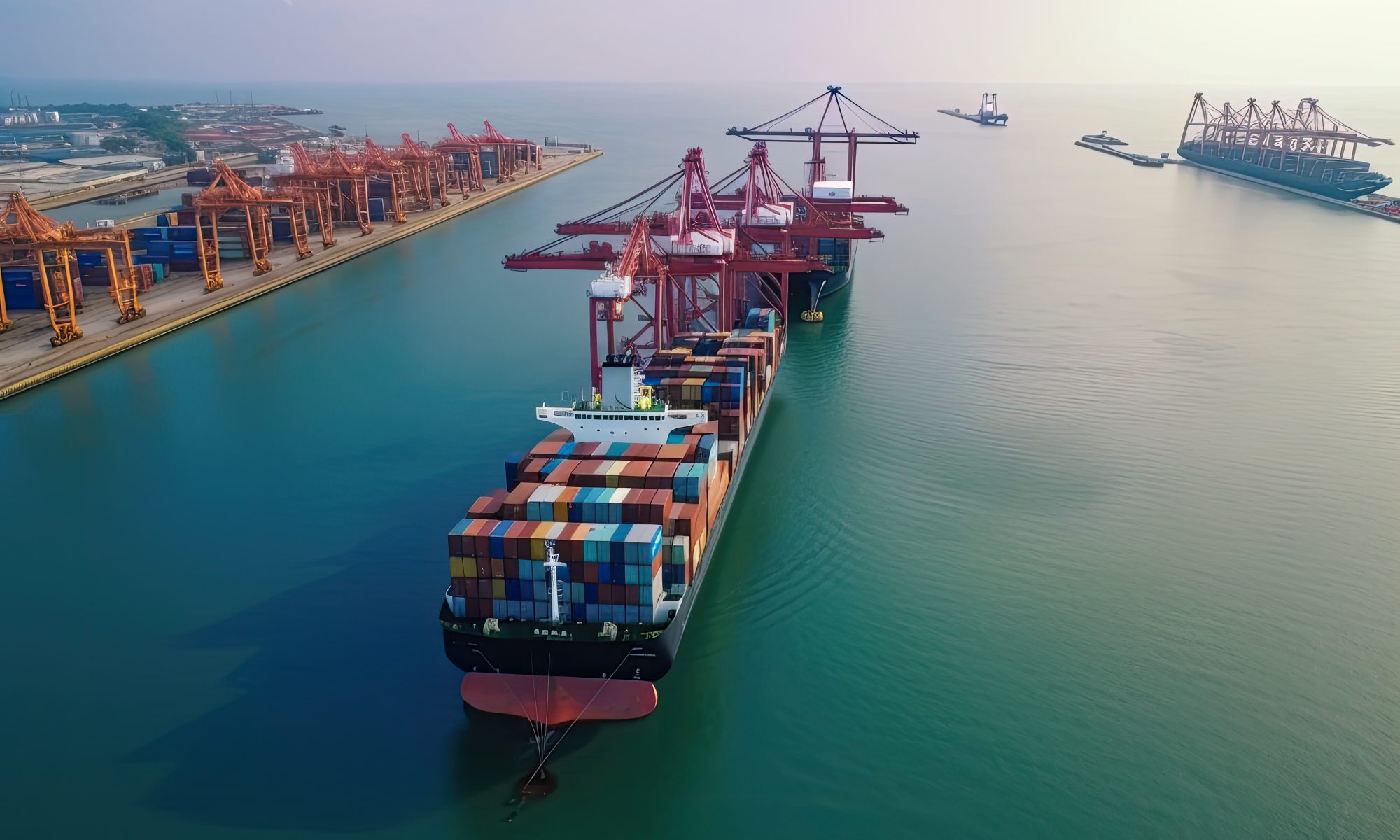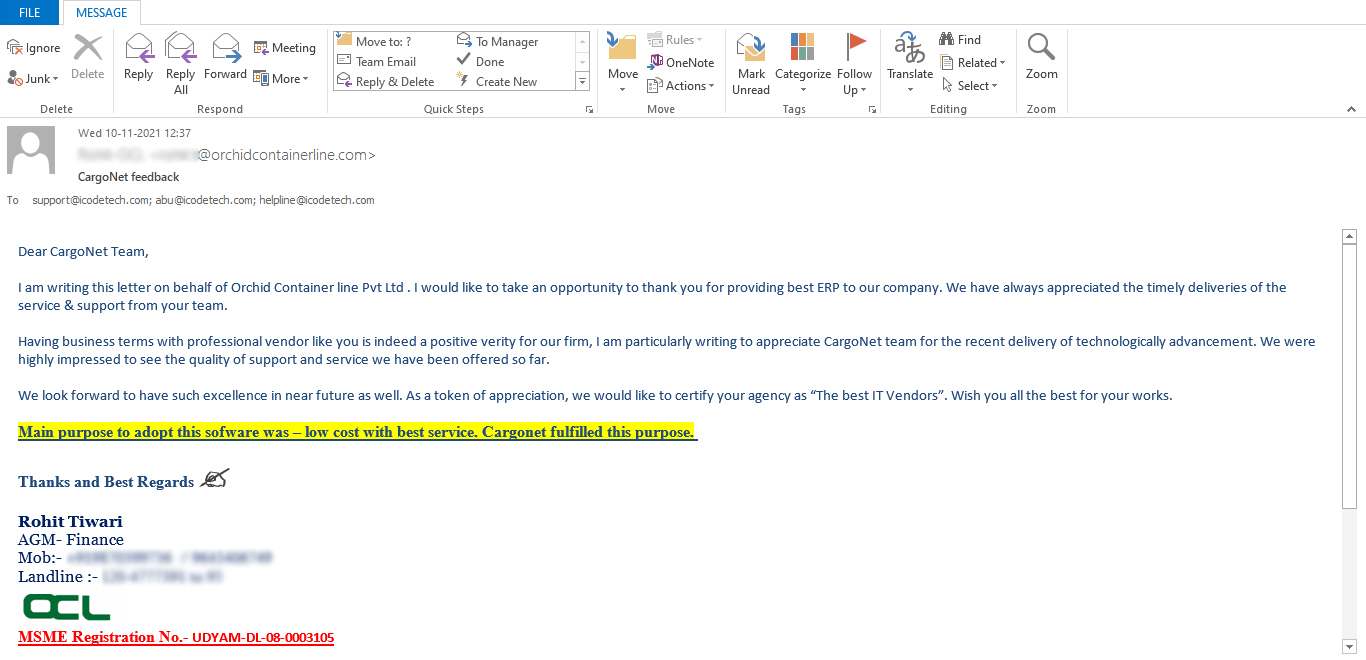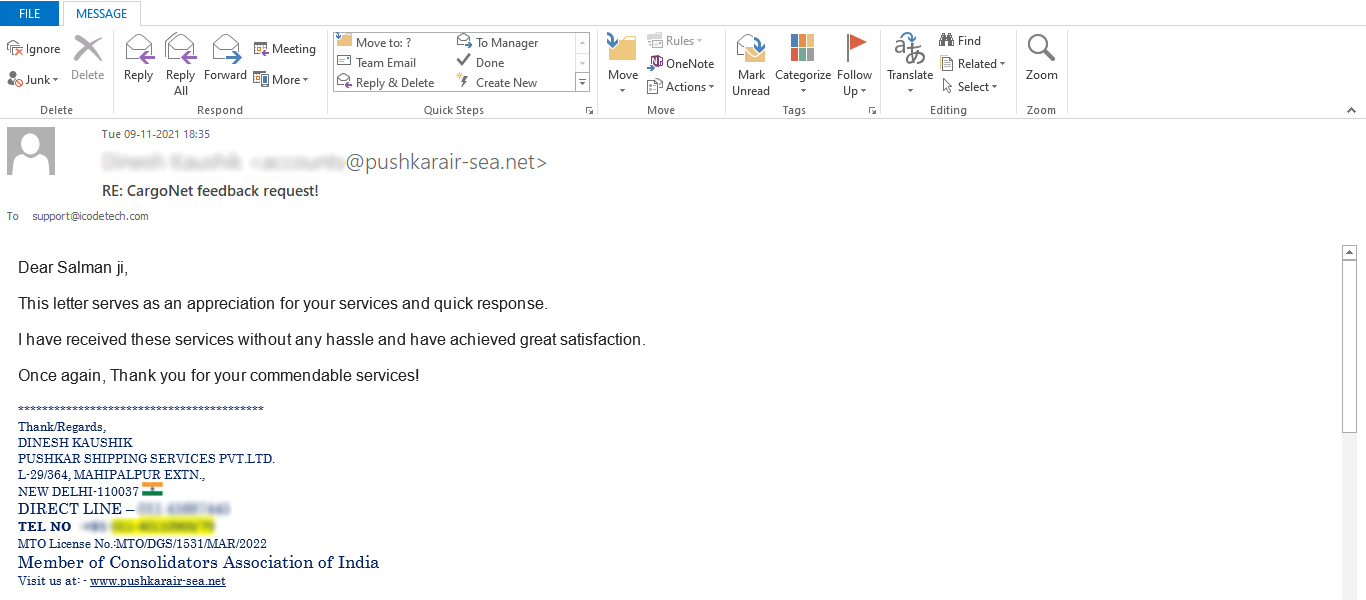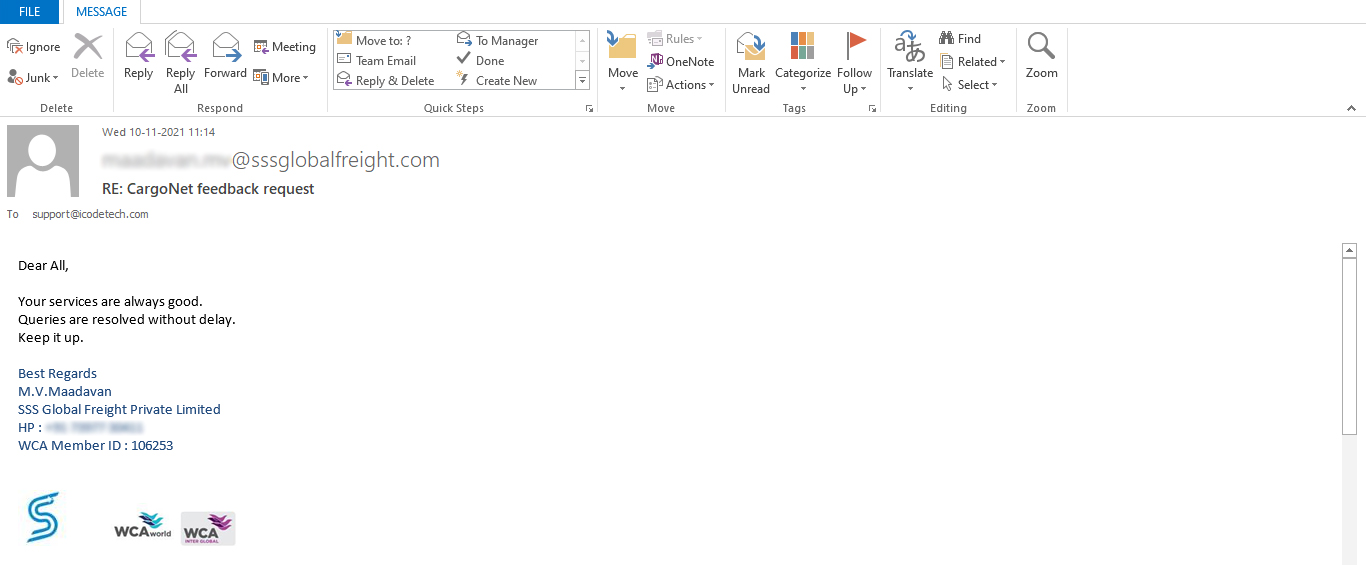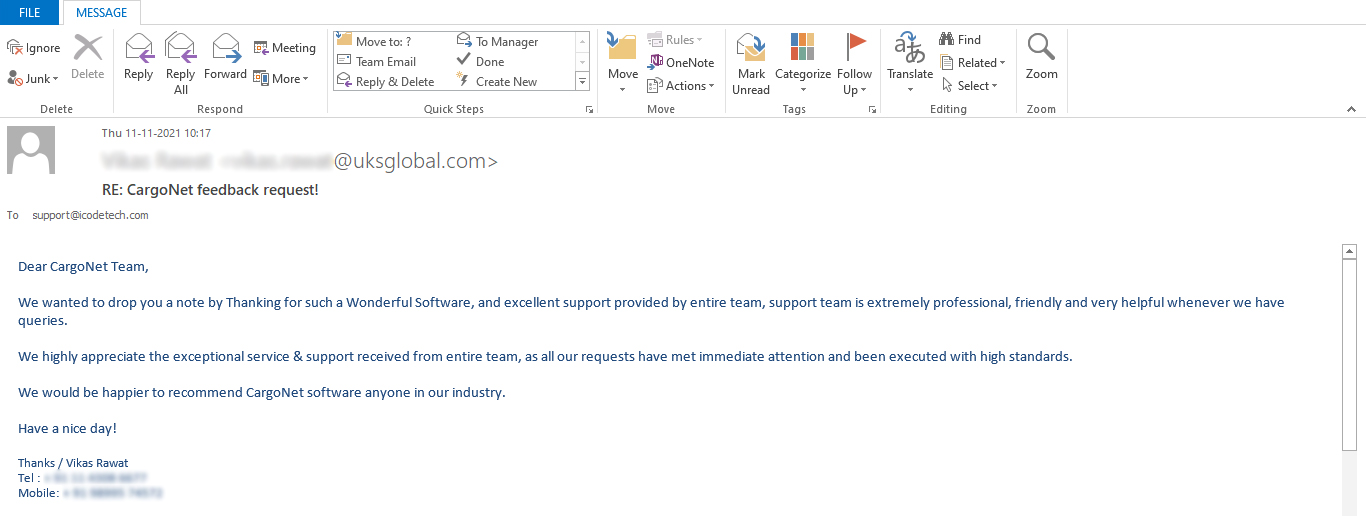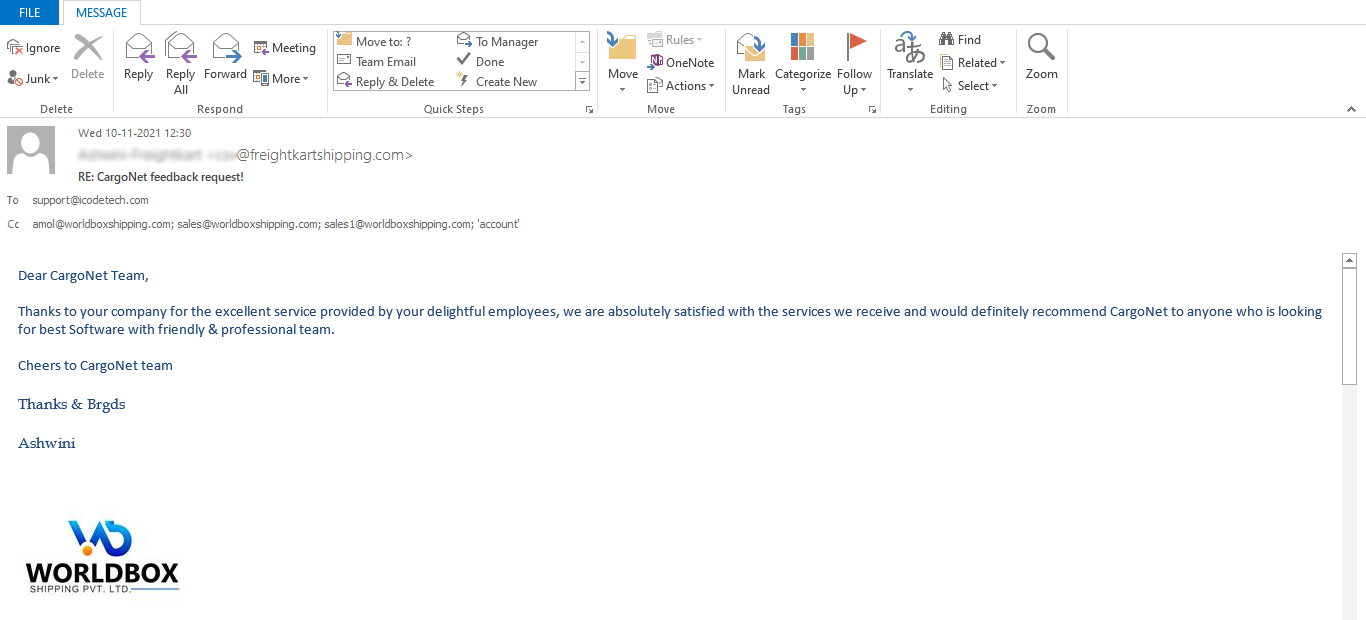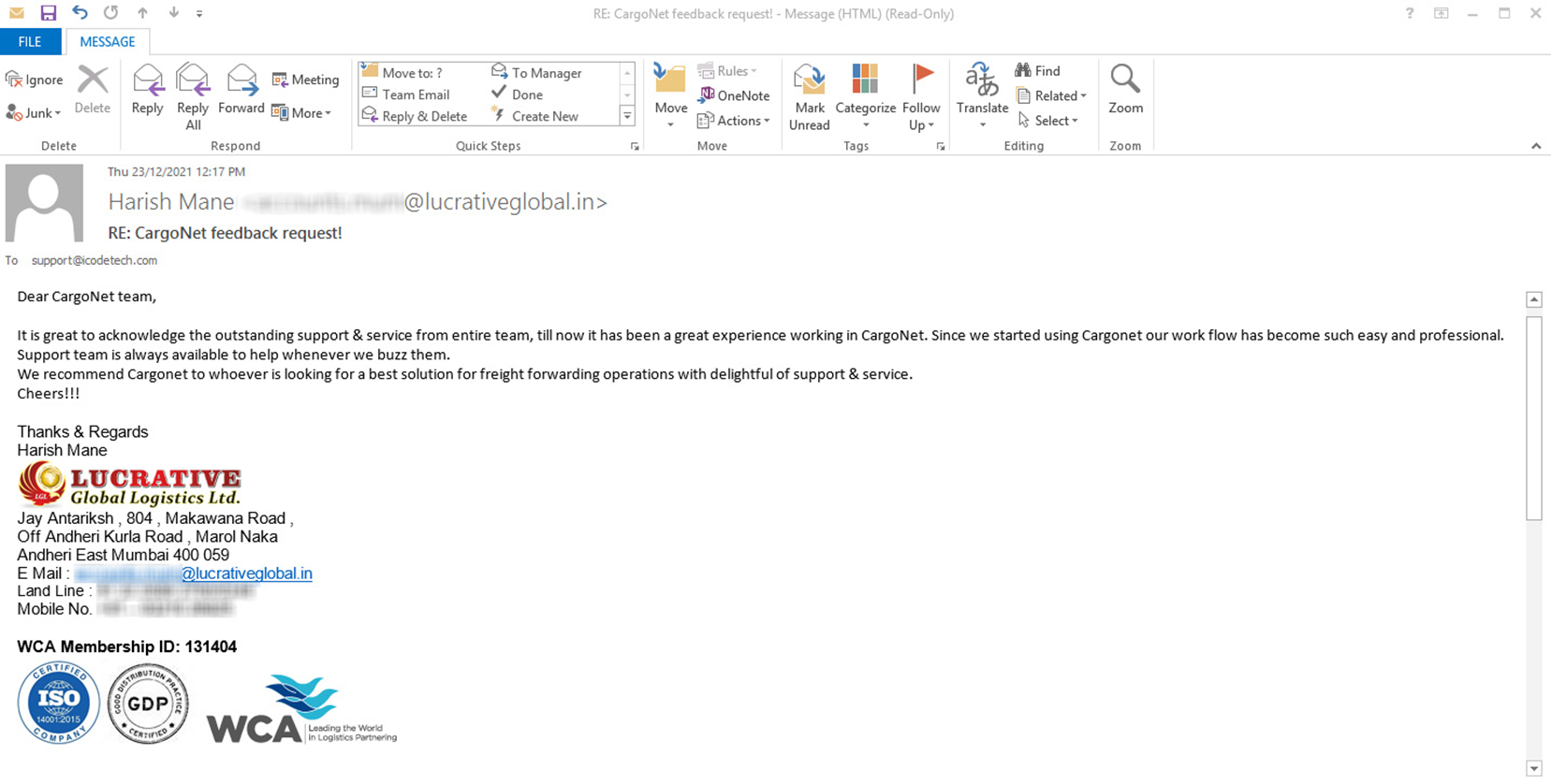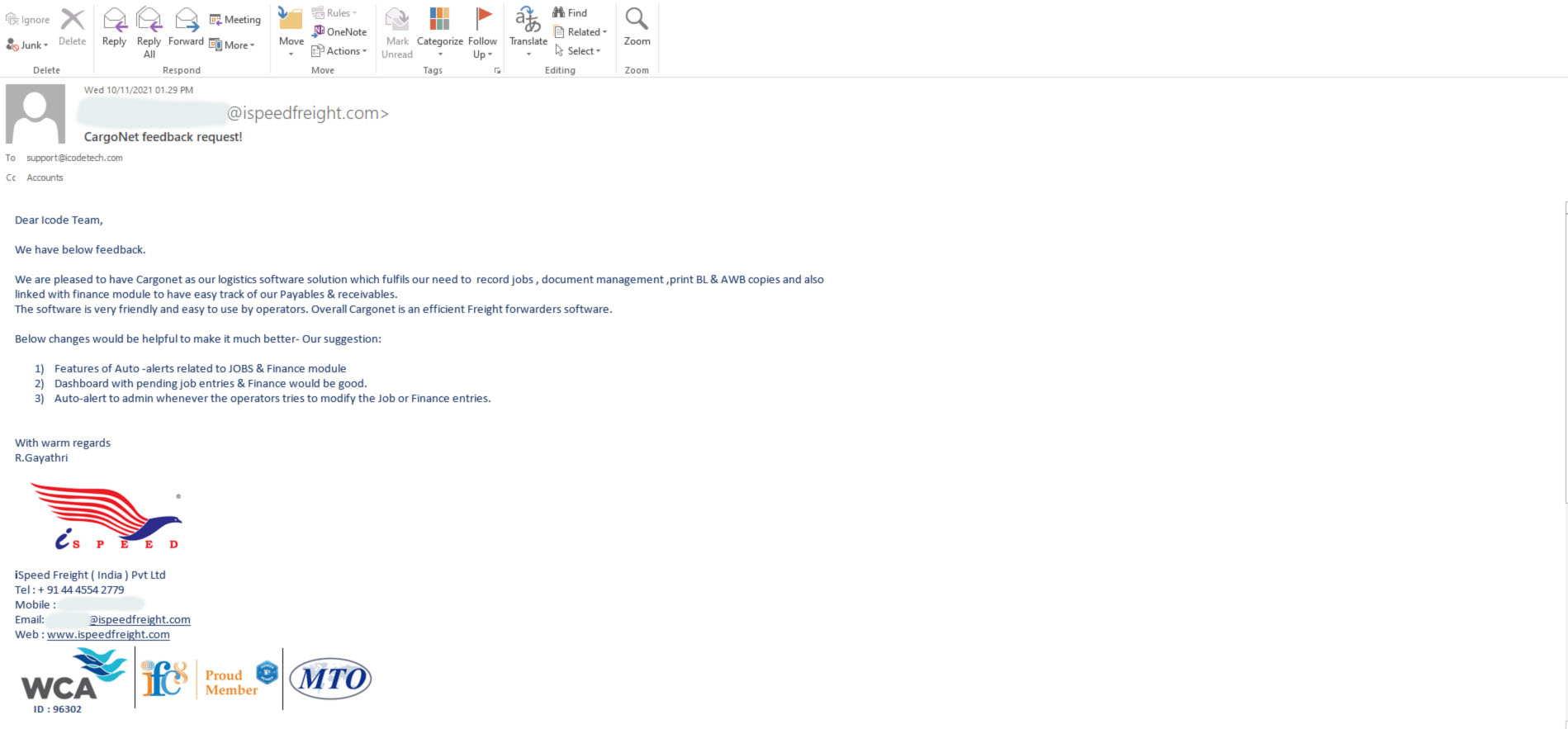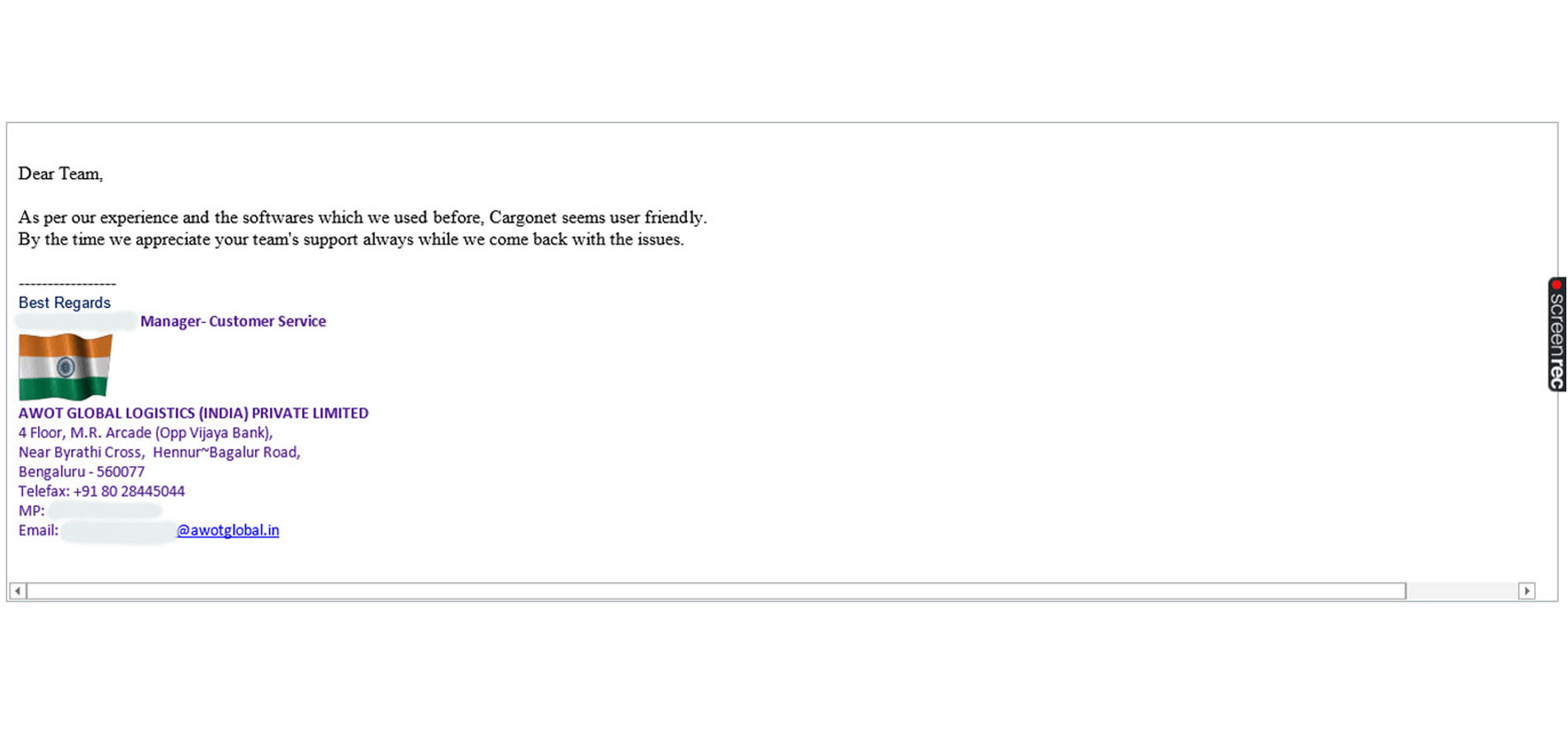All you need to know
Blog
The Power of Freight Automation Software
CargoNet Freight Automation Software: Optimizing Logistics Operations
Freight automation software is essential for modern freight forwarding. Traditional manual processes often lead to inefficiencies, errors, and compliance challenges. CargoNet Freight Automation Software simplifies logistics operations, enhances accuracy, and supports better decision-making.
Key Challenges in Freight Management
- Manual Data Entry & Errors
- Paper-based processes increase the risk of inaccuracies and inefficiencies.
- Slow Freight Quoting & Booking
- Delays in rate calculations and confirmations can lead to missed opportunities.
- Limited Shipment Visibility
- Tracking shipments in real time remains a challenge, impacting service quality.
- Complex Compliance Requirements
- Global shipping regulations require meticulous documentation and adherence to guidelines.
- High Operational Costs
- Inefficient workflows increase costs and reduce overall profitability.
How CargoNet Freight Automation Enhances Operations
1. AI-Powered Data Management
- Automates document processing, eliminating manual data entry errors.
2. Instant Freight Quoting & Booking
- Provides real-time freight rates and streamlines booking processes for efficiency.
3. Real-Time Shipment Tracking
- Offers end-to-end visibility, ensuring accurate tracking and timely updates.
4. Automated Compliance & Documentation
- Simplifies customs filings and ensures regulatory compliance without delays.
5. Cost-Effective & Streamlined Processes
- Reduces operational expenses by automating key logistics functions.
Features of CargoNet Freight Automation Software
- Automated Booking & Scheduling – Ensures optimal load planning and instant confirmations.
- Freight Rate Management – Provides real-time rate comparisons for cost-effective decisions.
- Customs Documentation & Compliance – Automates customs processes, minimizing delays.
- AI-Driven Analytics – Uses predictive insights to enhance decision-making and route planning.
- Integrated Shipment Tracking – Offers continuous monitoring and updates for complete transparency.
- Multi-Modal Transport Management – Handles air, sea, and land freight seamlessly.
- Automated Invoicing & Payments – Streamlines financial transactions with digital processing.
- Cargo Consolidation & Optimization – Reduces costs with efficient space utilization.
- Customer Portal & Self-Service – Provides a user-friendly dashboard for clients.
- Seamless API & ERP Integration – Connects with existing systems for smooth operations.
- Smart Carrier Selection & Route Optimization – Identifies the best transport solutions.
- Freight Cost Optimization – Offers AI-driven cost control strategies.
- Digital Freight Documentation – Ensures secure and organized document storage.
- Proactive Alerts & Notifications – Keeps users informed of shipment status and compliance updates.
Conclusion
CargoNet Freight Automation Software enables freight forwarders to enhance efficiency, reduce costs, and improve service quality. With smart automation, logistics companies can streamline operations and remain competitive in a rapidly evolving industry.
Looking to transform your freight operations? Contact us today to explore how CargoNet can elevate your business!

